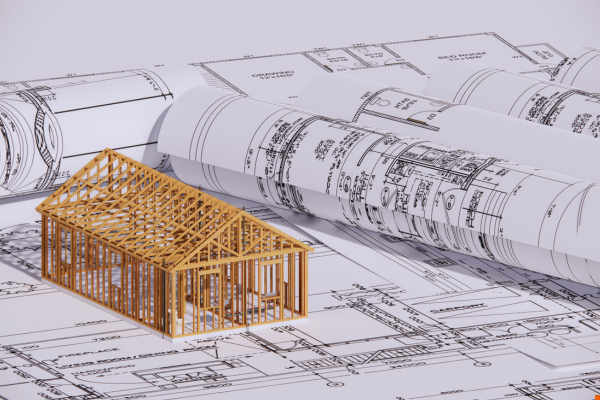
Building Information Modeling – Boon or Bane?
MDCSystems® has recently become aware of a number of large projects exhibiting major problems despite the ‘spectacular’ abilities of Building Information Modeling (BIM) and other project technologies. Some of these projects have been highlighted in recent industry publications and legal filings. These issues often fall into several common areas which are summarized below.
- Implementation of the Building Information Modeling (BIM) technology
- Development of the base BIM model
- Failure to maintain the BIM model as work progresses
- The “irrational exuberance” of ‘computer-world’ accuracy (aka “false precision”)
- Insufficient data development (thin content or ‘dumb light’ models)
- Real to virtual drift – failure to as-built the model (reduces the effectiveness of the BIM model for life cycle asset management)
Any of the above-cited areas can result in unexpected (and under budgeted) changes in the project resulting in a cascade of further uncoordinated changes in the field impacting construction efficiency, time and quality and ultimately cost in both “bricks and mortar” and operations (and sometimes hair or sleep).
MDCSystems®’s experience with both Building Information Modeling (BIM) and “enhanced CAD” technologies is that just putting a new tool in the design-construct process toolbox is not enough. The mere existence of this new ‘tool’ does not change the basic requirement to perform a comprehensive conceptual design, coordinate the design elements prior to issuing IFC* drawings, review and input specific equipment selections and promptly recognize and process design developments and change orders that are part of every undertaking. These are all basic PMBOK (Project Management Body of Knowledge) project management tasks that must always be performed but are not necessarily visible to the casual observer.
Key aspects for consideration should include:
- Consistency with the modeling approach – variations across disciplines or trades (clearances, insulation on pipes, door swings, etc) can lead to a “Tower of Babel” situation that erodes project cohesiveness;
- Formalized model input process – it isn’t essential that the same person does all the input (on larger jobs this would be impractical at best) but there needs to be an accepted and understood methodology for the model input so you can keep track of where you are and when and how you got there;
- Content Density – remember that not all disciplines are traditionally documented to the same level of detail (especially true in commercial work) but that if a system “takes up space” it needs to be included in some way in the model;
- Don’t get blinded by the science – computers can ‘measure’ BIM model elements down to fractions of a fraction of an inch. The actual construction is done with a handheld tape measured on a wobbly ladder in bad lighting. There are items in construction that will require some “field run” and “field fit” finality. Understand and accommodate this reality this when modeling.
Remember, “reality always wins.” A model (any model from balsa wood to BIM) is only as useful as that model matches the reality. One of BIM’s value propositions on the downstream side is its “data rich” possibilities for asset management. If modeling ‘stops” but construction continues, there are likely to be big variations between what you think you have and what you actually have. This can be problematic – especially at 3 AM as you search that line for the shut-off valves that the model said was “right here.”
Our conclusion is that Owners, Contractors and other parties to the design and construction industry must ensure that the most basic steps in the Architecture and Engineering of projects be performed just as they always were – in thoughtful design reviews, coordination sessions and construction reviews of the project regardless of the tools used to produce the drawings or the spectacular abilities of software systems to show 3-D views, process simulations or advertised speed and efficiency benefits.
MDC has been emphasizing these fundamental steps in presentations and projects since 1998.
*IFC – Industry Foundation Classes, a data model developed to facilitate interoperability in the building industry.



0 Comments